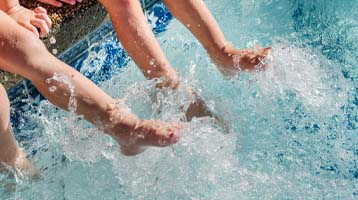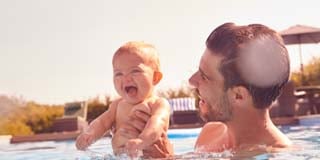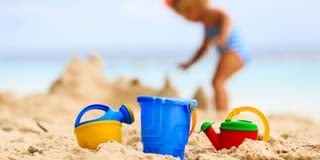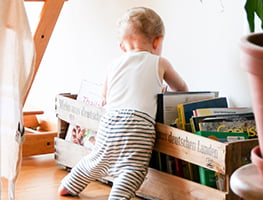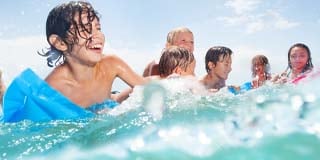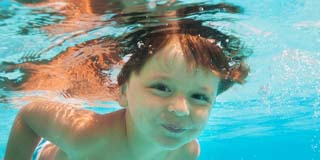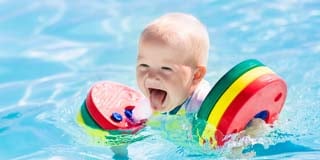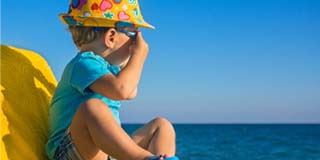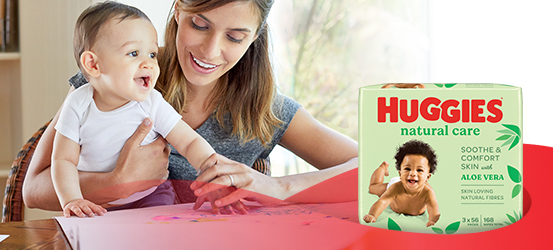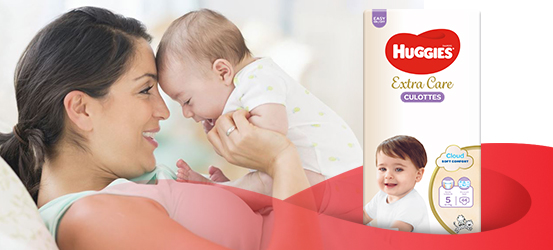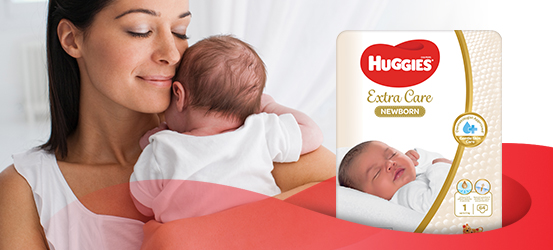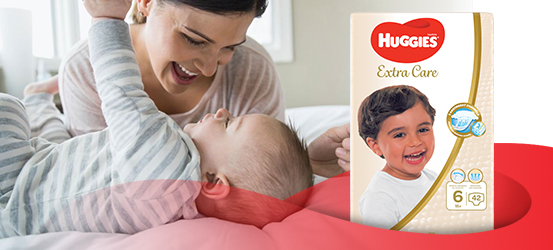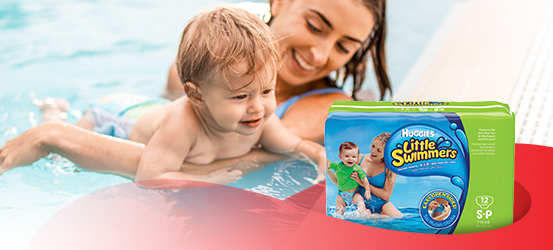Come on in…. the water’s waiting! It doesn’t matter if your child is six months old or five years and above, swimming is a great sport for kids. Learning to swim can be one of the most satisfying experiences of childhood. Introducing your kid to swimming at a young age makes perfect sense because of the big part swimming, beaches and water sports play in the lives.
It’s a good idea to let your child learn to swim at a young age. It can help with their fitness, muscle co-ordination and development, not to mention addressing safety issues you might have if you have a pool at home. In fact, whenever your kids are around water, keep in mind that drowning is one of the leading causes of unintentional injury and death in the paediatric age group and that drowning rates are the highest among children aged two years.
What can you expect at children’s swimming lessons?
For kids starting out, no matter what their age, their first swimming lesson should focus on the principles of water safety skills. Water acclimatisation will reinforce greater independence and confidence in the water, which is important as your child will need to be confident to learn. Your child will gradually gain confidence in the water.
Basic swimming strokes will be introduced when your baby gets older and has overcome any fear of water. As a parent you might find yourself torn between getting your child to understand that the water is dangerous and that they must be careful, and helping them feel confident so that they are ready for the next learning to swim challenge. It’s a fine balance between having a brave child that rushes in where angels fear to tread, and having a child that knows not to go near the water without you.
What to look for in a swim school
Babies are not actually taught to swim – instead, swim lessons focus on movement through water, floating, and eventually breath control so it’s important to ensure swim lessons are a success and encourage a love of the water. Always check that:
-
Lessons are short and frequent – in-water time should be kept to half an hour.
-
There’s a ratio of one parent or carer per child and the adult should be in the water with the child at all times.
-
Classes have 8-10 children at most.
-
The water temperature is at least 30 °C and, ideally, the air temperature warmer, as babies can quickly become cold.
A parent’s role at their child’s swimming lesson
Parents play an important role in children’s swimming experience. While children are trying hard to learn how to swim, parents should know how to help their children. Do not expect your child to be able to swim right away after they are introduced to the water. It depends on their ability in the water and their learning capabilities. If your child doesn’t like swimming anymore, don’t give up! Continue your regular lessons but don’t waste all the hard work done in earlier lessons. Don’t compare your child with others, all kids learn different skills at different speeds; let your little one take however much time they need to get the gist of swimming.
So have fun in the water, but keep safety in mind at all times. Remember that swim lessons do not ‘drown-proof’ younger kids, and that they should always be supervised in the water, whether or not they know how to swim.

